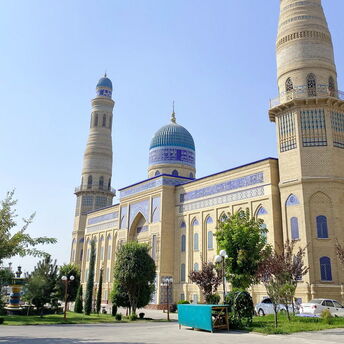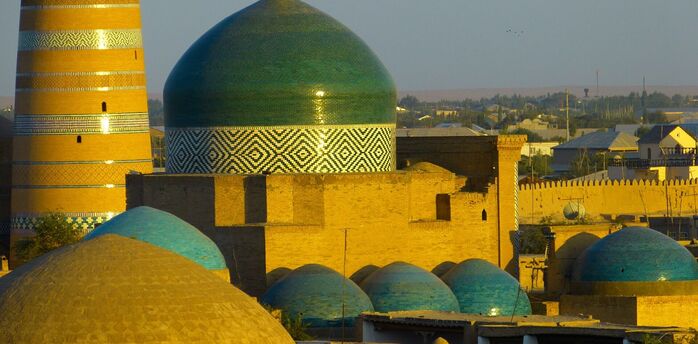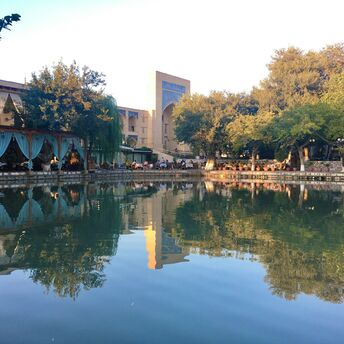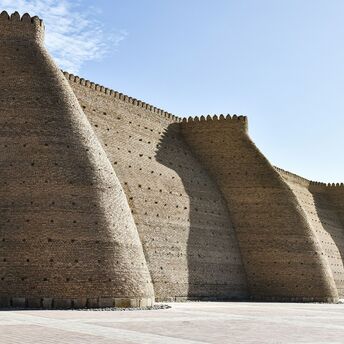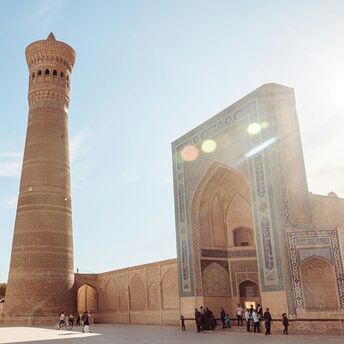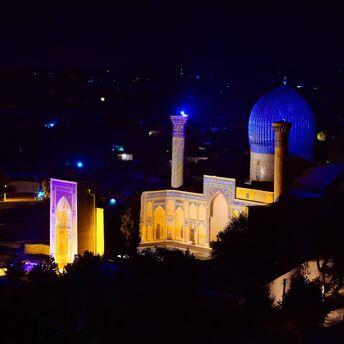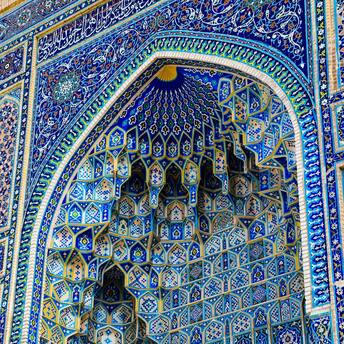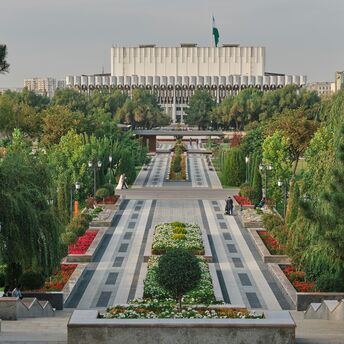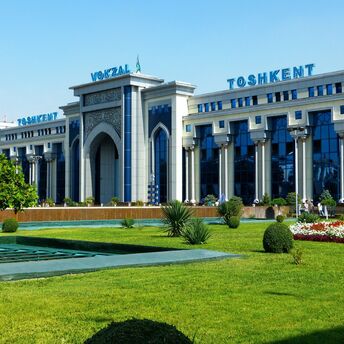Namangan: Uzbekistan's Hidden Cultural and Natural Treasure

Namangan, nestled in the Fergana Valley of eastern Uzbekistan, offers travelers an intriguing blend of history, culture, and nature that often escapes the spotlight. As Uzbekistan’s third-largest city, it is steadily gaining recognition for its unique character and deep-rooted traditions, making it an exceptional destination for those seeking to experience the country beyond the more frequently visited cities like Samarkand and Bukhara.
A Tapestry of Cultures and History
Unlike many of Uzbekistan’s famous Silk Road cities, Namangan doesn’t immediately impress with grand, ancient structures. Instead, its charm lies in the everyday life that intertwines with its centuries-old heritage. The city's roots can be traced back to the 17th century, when it became a key trade and crafts hub in the region, especially for its renowned pottery and textile production. While earthquakes in the 19th century destroyed much of its historical architecture, Namangan rebuilt itself with a distinctive modern twist, blending Soviet-era influences with its traditional Islamic culture.

The city's many mosques and madrasahs, such as the Mulla Kyrgyz Madrasa, stand as testaments to its religious and educational significance. These institutions offer a glimpse into the spiritual heart of the region, where the rhythm of life is still guided by age-old customs and values.
Green Spaces and Scenic Surroundings
Namangan’s appeal is not confined to its urban environment. Nature lovers will appreciate the city’s abundant parks and gardens, with Babur Park being one of the most notable. Named after the founder of the Mughal Empire, the park offers locals and visitors alike a tranquil escape with its well-maintained flowerbeds, tree-lined paths, and recreational areas. The park is not only a place for relaxation but also a cultural venue, hosting events that highlight Uzbek traditions, music, and dance.
Beyond the city’s limits, Namangan's proximity to the Chatkal Mountains makes it an excellent base for outdoor excursions. These mountains provide opportunities for hiking and exploring Uzbekistan's more rugged landscapes, allowing travelers to experience the country’s natural beauty in a region less traversed by mainstream tourism.
Artisanal Traditions and Craftsmanship
For travelers who enjoy immersing themselves in local craftsmanship, Namangan offers a rich tradition of pottery, embroidery, and silk weaving. The Namangan market, known as "Chorsu Bazaar," is the perfect place to witness artisans at work. You can find exquisite pieces of pottery—intricate yet functional—reflecting centuries-old techniques passed down through generations.
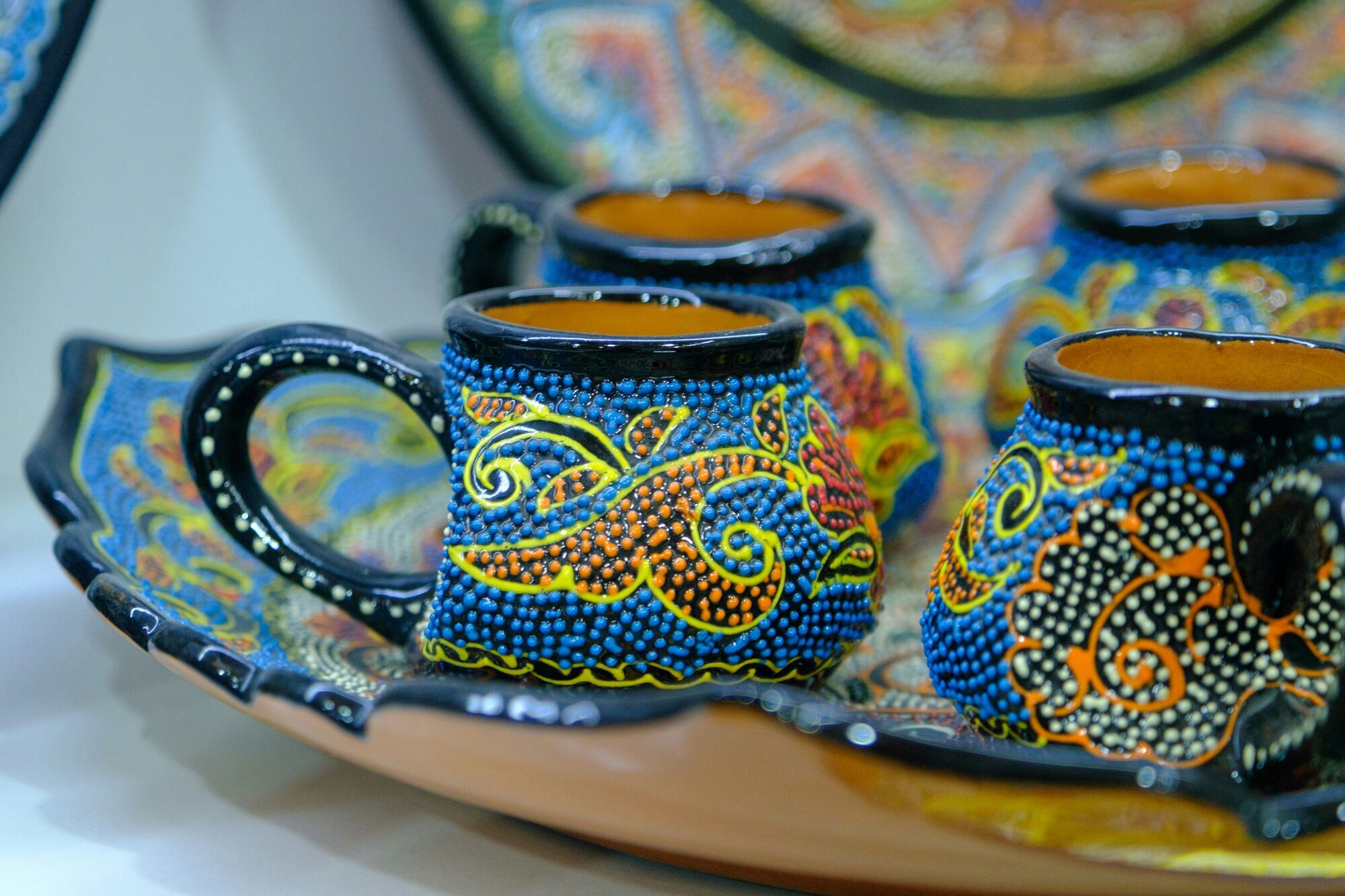
Equally captivating is the tradition of "atlas" and "adras" silk, which originates from the Fergana Valley. Visitors can watch skilled weavers create these vividly patterned fabrics using techniques that have remained largely unchanged for centuries. The craftsmanship here is not merely for show; it continues to play a role in everyday Uzbek life, as many locals still wear garments made from these fabrics for special occasions.
Namangan’s Culinary Scene
No trip to Uzbekistan is complete without sampling its cuisine, and Namangan offers a delightful array of dishes that reflect the broader culinary heritage of the Fergana Valley. Plov, a national staple, is especially flavorful here, with the region's version often including tender lamb, golden raisins, and carrots, all slow-cooked to perfection. The local flatbread, "non," baked in traditional tandoor ovens, complements any meal and is a must-try for those seeking an authentic taste of the region.

For those with a sweet tooth, Namangan is known for its confections made from locally grown fruits and nuts. "Navat," a crystallized sugar candy often served with tea, is particularly popular and offers a simple yet delicious way to end a meal.
Connectivity and Modern Development
While Namangan retains much of its traditional charm, the city is not without modern developments. Recent years have seen an increase in infrastructure improvements, including better roads and public transportation, making the city more accessible to tourists. Namangan International Airport now offers more regular flights, catering to the growing interest in the region as a travel destination.
Moreover, the local government is investing in tourism, recognizing the potential of Namangan as a cultural and natural hub in Uzbekistan. Hotels, guesthouses, and restaurants are gradually expanding their services to accommodate international visitors while still maintaining the hospitality and warmth that Uzbek people are renowned for.
Final Thoughts
Namangan may not be on every traveler's radar, but that is precisely what makes it a rewarding destination. Its blend of cultural richness, scenic beauty, and artisanal heritage provides an authentic glimpse into the soul of Uzbekistan, far from the crowded tourist routes. Whether you're exploring the city’s historical mosques, wandering through its vibrant bazaars, or hiking in the surrounding mountains, Namangan offers an experience that is as diverse as it is unforgettable.
In an age of ever-increasing tourism, Namangan stands as a reminder that the true heart of a country is often found in its quieter, less-discovered corners.
